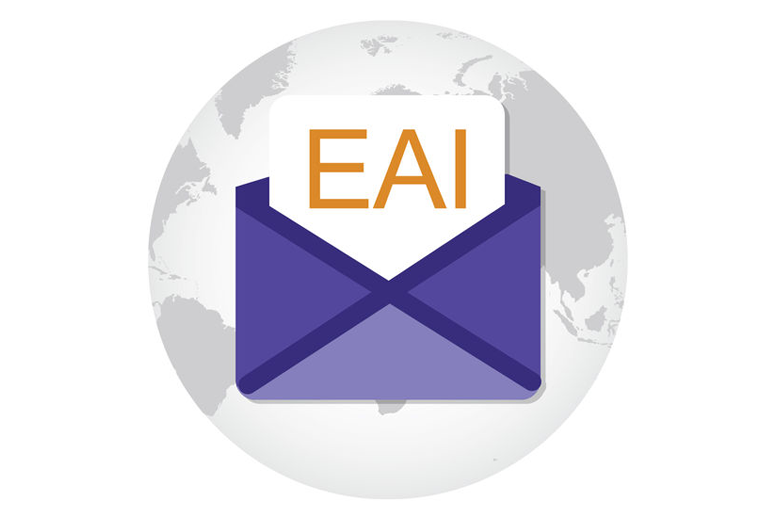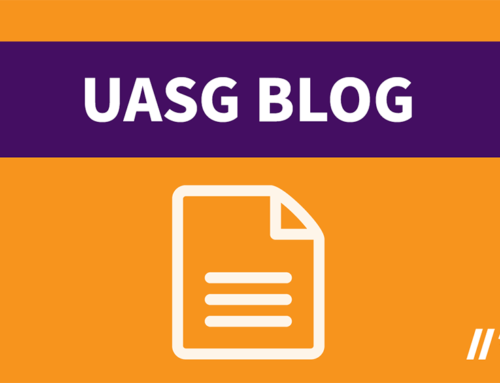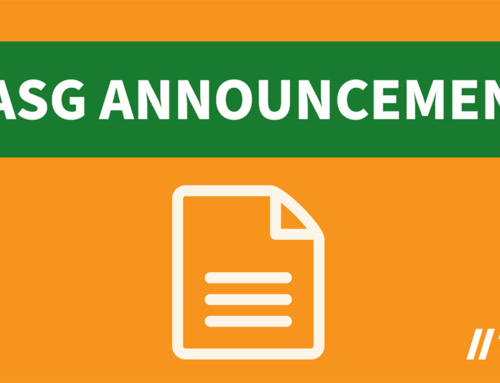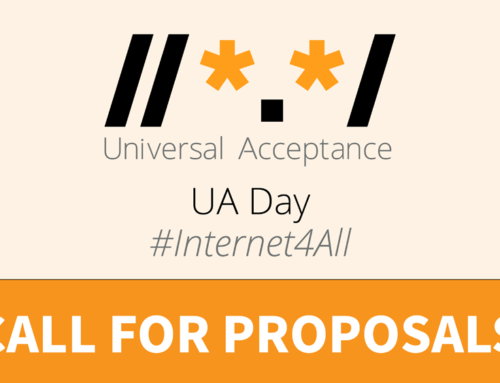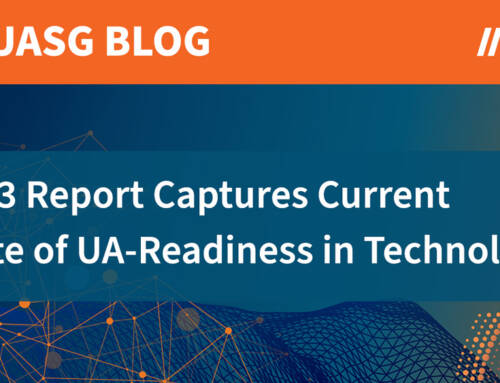Bridging the Digital Language Divide: Is Your Email Ready for the Global Market?
By Mark Svancarek, Principal Program Manager, Microsoft, 19 July 2017
Email connects the globe with a click. And it is critical for more than just sending messages; we use email addresses to log in to social networks, identify ourselves for government services, and as the spare key for our online identity. But it’s not as universal as you might imagine.
Until recently, email used only non-accented Latin characters (A-Z, 0-9) for addresses, even for languages such as Russian, Hindi, Thai or Chinese. Only a minority of the world’s population uses a Latin alphabet with no accents in their daily lives, and the next billion Internet users are even less likely to do so. To make email accessible for a global audience, people need to be able to write their email address in their native script.
The good news is that’s now possible. Email Address Internationalization (EAI) allows email addresses to use all kinds of scripts; günter@büncher.berlin or ไทย@อรุณวัฒนามงคล.ไทย are now possible email addresses. However, email software and services need to make specific updates to support them.
Specifically, they must be able to support IDNs (Internationalized Domain Names) in the domain name as well as non-ASCII characters in the mailbox name, and they must advertise this fact to other email software by announcing SMTPUTF8.
There is a growing awareness of the issue and concrete progress.
Examples include:
- Coremail, XgenPlus, Throughwave and others can host EAI addresses.
- Latest versions of PostFix and Exim (widely used Mail Transfer Agents) are EAI-ready.
- Android Email Client (default), BharatSync Communicator (Android), Apple Mail (IOS), Microsoft Outlook 2016 for Windows and others are also EAI-ready.
- Gmail, Office365 and others can send to and receive from EAI addresses.
- Mailman, a popular open source mailing list manager, is also EAI-ready.
But more needs to be done. Popular global and regional service providers are, or will be, working on providing full support for EAI. In India, DATAMAIL offers free EAI mailboxes in eight Indian and two international languages, and in Russia почта.рус offers free Cyrillic mailboxes.
The Universal Acceptance Steering Group has resources to help companies and organizations in this process, including the Quick Guide to Email Address Internationalization (EAI) – practical advice for email software and service providers. There is also a full catalogue of relevant technical documents such as the EAI including Overview and Framework for Internationalized Email, SMTP Extension for Internationalized Email and IMAP Support for UTF-8, on the ietf.org website.
Here are some concrete steps you can take to ensure your systems are ready for the next billion Internet users:
- If your application uses email addresses, ensure it supports UTF-8 characters in the domain name and the mailbox name.
- Check if your own mail system is EAI-ready. If you’re not sure, ask your provider.
- Test your systems. UASG offers a set of live domains and addresses for testing.
With half the world expected to use email in 2020, the time to get EAI-ready is now!


